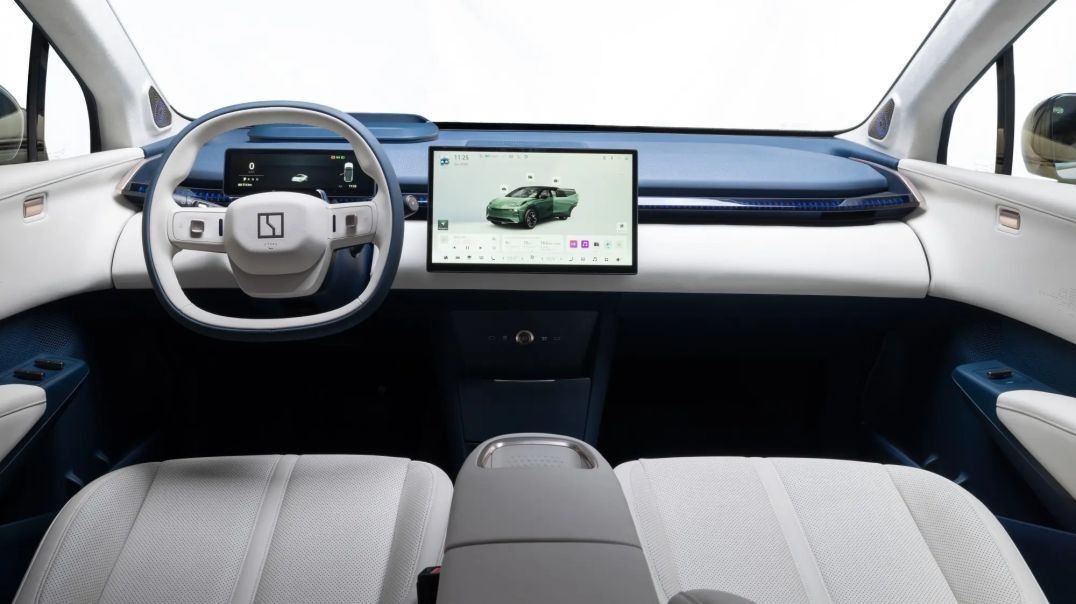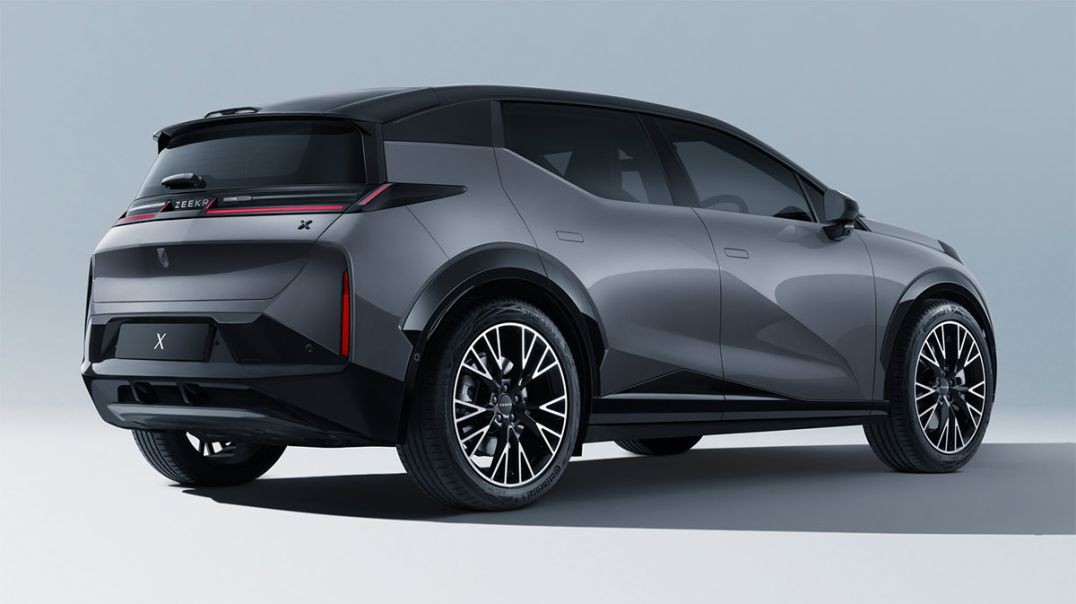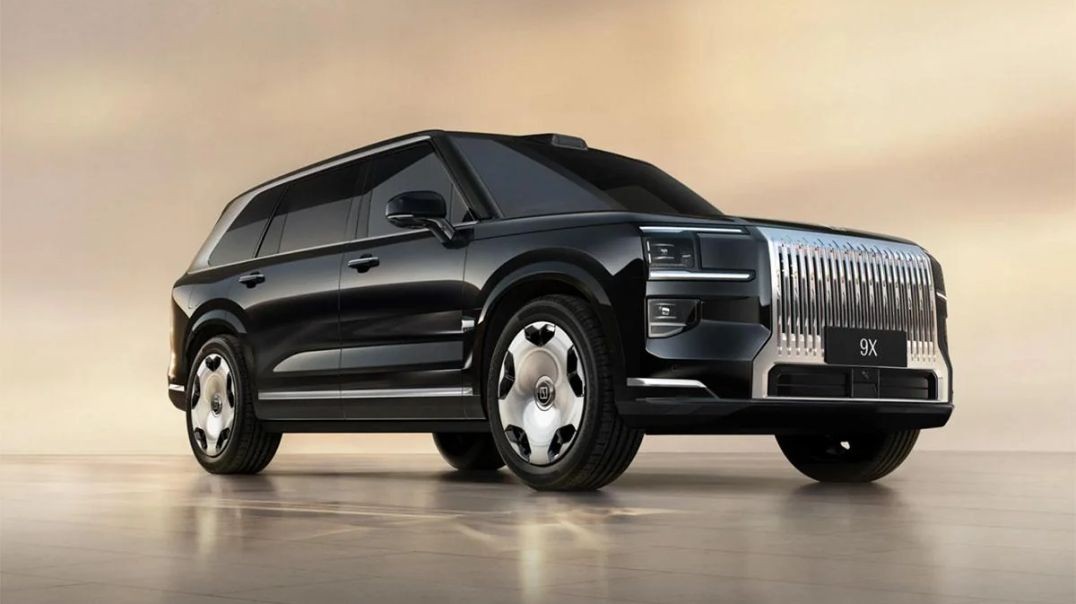As urban landscapes continue to evolve, the notion of flying cars transitioning from science fiction to reality tantalizes many. With Australia's sprawling cities and increasing traffic congestion, the potential for flying cars as a transformative mode of transport is particularly compelling. But how realistic is their integration into Australia's transport ecosystem? Let's delve into the possibilities and implications.
Why Flying Cars Matter to Australia
Imagine bypassing Sydney's notorious traffic or reaching Melbourne’s outskirts in minutes. Flying cars could redefine urban commuting, offering a solution to congestion and urban sprawl. According to the Australian Bureau of Statistics, the population of Australia's major cities has been growing steadily, increasing demands on infrastructure. Flying cars could alleviate transport pressures, enhancing productivity and lifestyle.
Current Developments and Market Trends
Globally, companies like Uber Elevate and Airbus are pioneering flying car technologies, aiming for operational readiness within the next decade. In Australia, the Civil Aviation Safety Authority (CASA) is already considering regulatory frameworks for air taxis, highlighting the seriousness with which these innovations are being approached locally.
The Australian government’s focus on innovation and technology has also sparked interest in flying vehicles. With initiatives like the Australian Space Agency and investments in smart city development, flying cars could integrate seamlessly into Australia's urban planning strategies. The Reserve Bank of Australia reports that technological advancement is a key driver of economic growth, suggesting that flying cars could contribute significantly to the economy.
Case Study: Uber Air's Vision for Melbourne
Problem:
Melbourne, Australia's second-largest city, faces significant transport challenges, with congestion costing the economy approximately AUD 4.6 billion annually, according to Infrastructure Australia.
Action:
Uber Air selected Melbourne as one of three pilot cities globally for its air taxi service. The company aims to launch a network of flying vehicles by 2025, partnering with local governments and aviation authorities to develop necessary infrastructure and regulations.
Result:
While the project is still in its early stages, the collaboration has already spurred infrastructure planning and public interest, positioning Melbourne as a pioneer in adopting flying car technology.
Takeaway:
This initiative underscores the importance of public-private partnerships in facilitating technological advancements. Australian cities must leverage such collaborations to address transport challenges and position themselves as leaders in urban mobility innovations.
Pros and Cons of Flying Cars in Australia
Pros:
- Decongestion: By taking to the skies, flying cars can significantly reduce ground traffic, particularly in densely populated areas.
- Time Efficiency: Faster travel times can enhance productivity, reducing the time spent commuting.
- Economic Boost: The flying car industry can create jobs, stimulate tech research, and attract investments.
Cons:
- High Costs: Initial investments in technology and infrastructure are substantial, potentially limiting accessibility.
- Regulatory Hurdles: Airspace management and safety regulations need robust development to ensure public safety.
- Environmental Impact: The environmental footprint of flying cars needs careful consideration, especially regarding emissions and noise pollution.
Regulatory Insights and Challenges
The Australian Competition & Consumer Commission (ACCC) and the Australian Prudential Regulation Authority (APRA) will play critical roles in establishing operational guidelines for flying cars. Regulations must balance innovation with safety and privacy concerns, ensuring that new technologies do not compromise consumer rights or environmental standards.
CASA's proactive approach to potential air traffic management systems for urban air mobility demonstrates a commitment to integrating flying cars while maintaining airspace safety. However, comprehensive frameworks will require collaboration across government bodies, industry stakeholders, and the public to address the complexities involved.
Future Trends and Predictions
Looking ahead, the global flying car market is expected to grow significantly, with some analysts predicting a USD 1.5 trillion market by 2040. Australia's participation in this evolution could position it as a leader in transport innovation, attracting international partnerships and investments.
By 2030, it's conceivable that flying cars will be a common sight in Australian skies, initially for short urban hops and eventually for longer regional travel. This progression will depend heavily on technological advancements, public acceptance, and regulatory readiness.
Conclusion: The Road Ahead
Flying cars present a thrilling possibility for Australia's transport future, offering solutions to urban challenges and opportunities for economic growth. However, realizing this vision requires overcoming significant technological, regulatory, and societal hurdles.
Financial advisors and industry stakeholders must closely monitor developments, advocate for supportive policies, and consider the economic implications of this nascent industry. As Australia stands at the cusp of this new era, the potential benefits could redefine urban living and economic landscapes.
Call to Action
Are you ready to explore the skies? Engage with industry leaders and policymakers to ensure that Australia's flying car future is both innovative and inclusive. Share your thoughts and insights on how flying cars could reshape our cities.
People Also Ask
- How do flying cars impact Australia's economy? Flying cars could stimulate economic growth by creating jobs, attracting investment, and enhancing productivity through reduced congestion.
- What are the biggest challenges for flying cars in Australia? The primary challenges include high development costs, regulatory hurdles, and ensuring environmental sustainability.
- Who benefits most from flying cars? Urban commuters, tech industries, and city planners stand to benefit significantly from the integration of flying cars into Australia's transport system.
Related Search Queries
- Flying cars in Australia
- Urban air mobility Australia
- Future of transport in Sydney
- Air taxi regulations Australia
- Innovations in Australian transport































madgekuhn52818
8 months ago